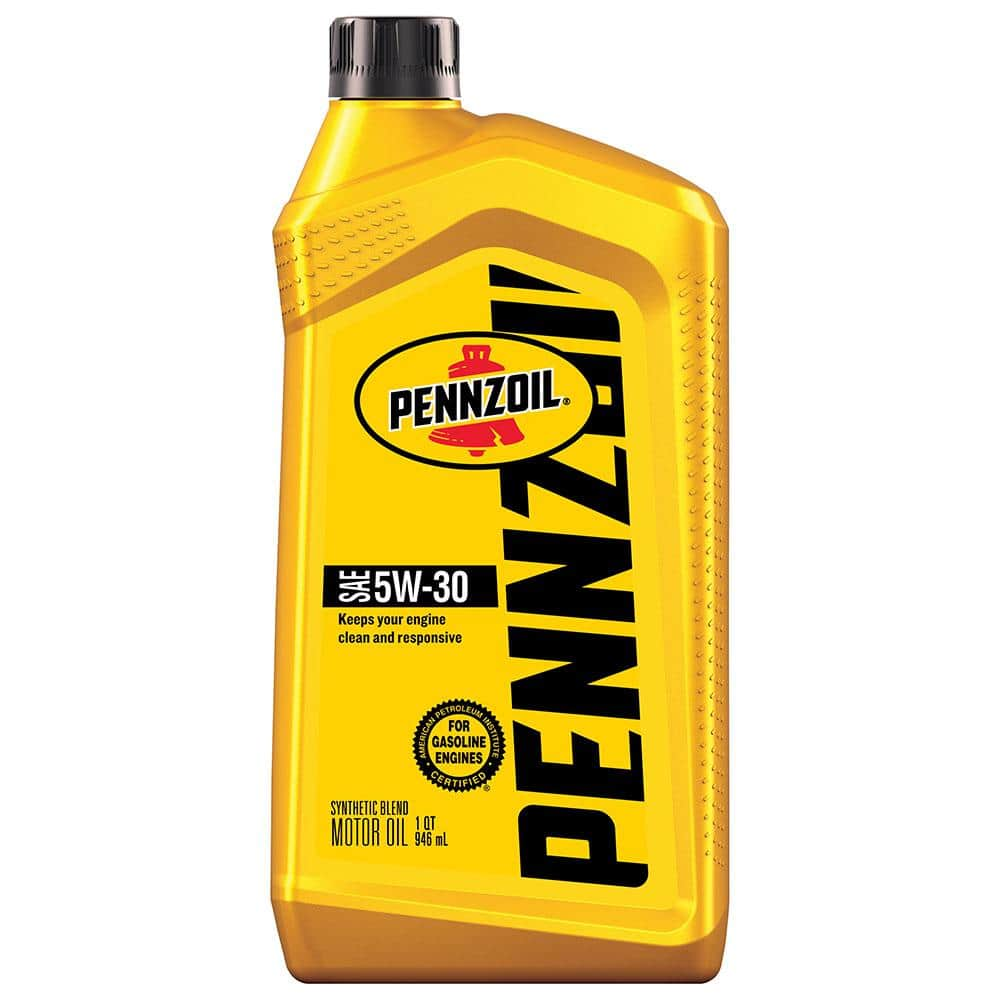Certainly! Let’s dive into the world of engine oils and explore whether you can mix 5W30 and 5W40 oils.
Motor Oil Grades Explained:
- The numbers in oil grades represent viscosity, which is essentially the oil’s thickness or resistance to flow.
- The first letter, “W,” stands for “winter” and indicates how well the oil performs in cold conditions.
- The number before the “W” represents the oil’s flow during cold starts. Lower numbers mean better flow in colder temperatures.
- The numbers after the “W” (e.g., 30 and 40) indicate the oil’s viscosity at operating temperature (typically 100°C or 212°F). Higher numbers mean better heat resistance.
Differences Between 5W30 and 5W40 Oils:
- 5W30: Has a working viscosity of 9.3 to 12.5 mm²/s.
- 5W40: Has a working viscosity of 12.5 to 16.3 mm²/s.
Can You Mix Them?
- Technically, you can mix 5W30 and 5W40 oils.
- However, experts don’t recommend doing so because:
- Mixing them can result in unpredictable viscosity, affecting proper lubrication.
- Different oil weights may not blend well.
- Your engine may not receive the full benefits of either oil.
When Can You Mix Them?
- In certain situations, you can mix them:
- If you’re running low on oil during an emergency.
- But keep in mind that it’s not ideal if you want to maximize the benefits of your chosen motor oil brand.
Remember, while mixing these oils won’t necessarily harm your engine, it’s best to stick to the recommended oil grade for optimal performance. 🚗🔧

